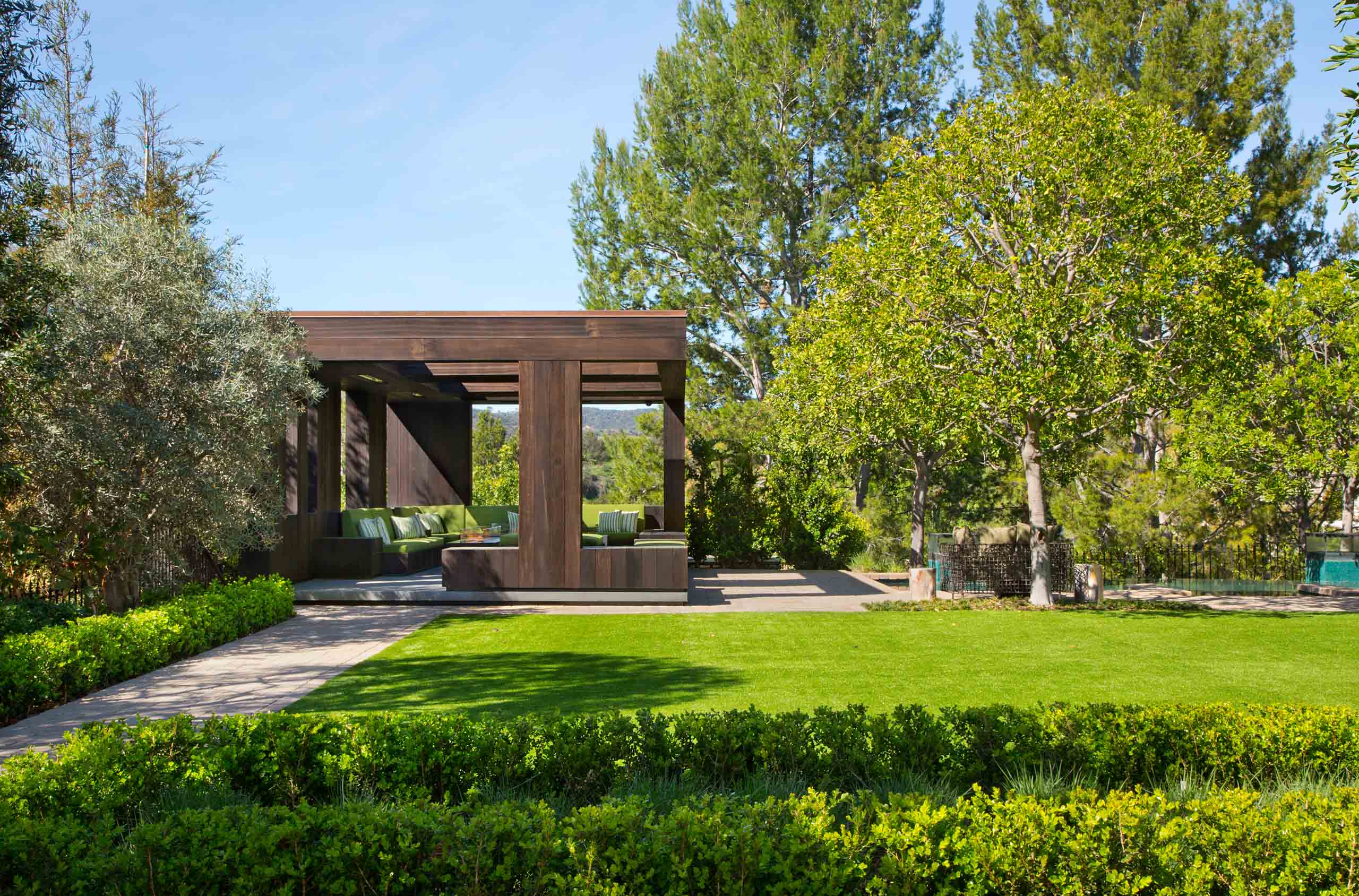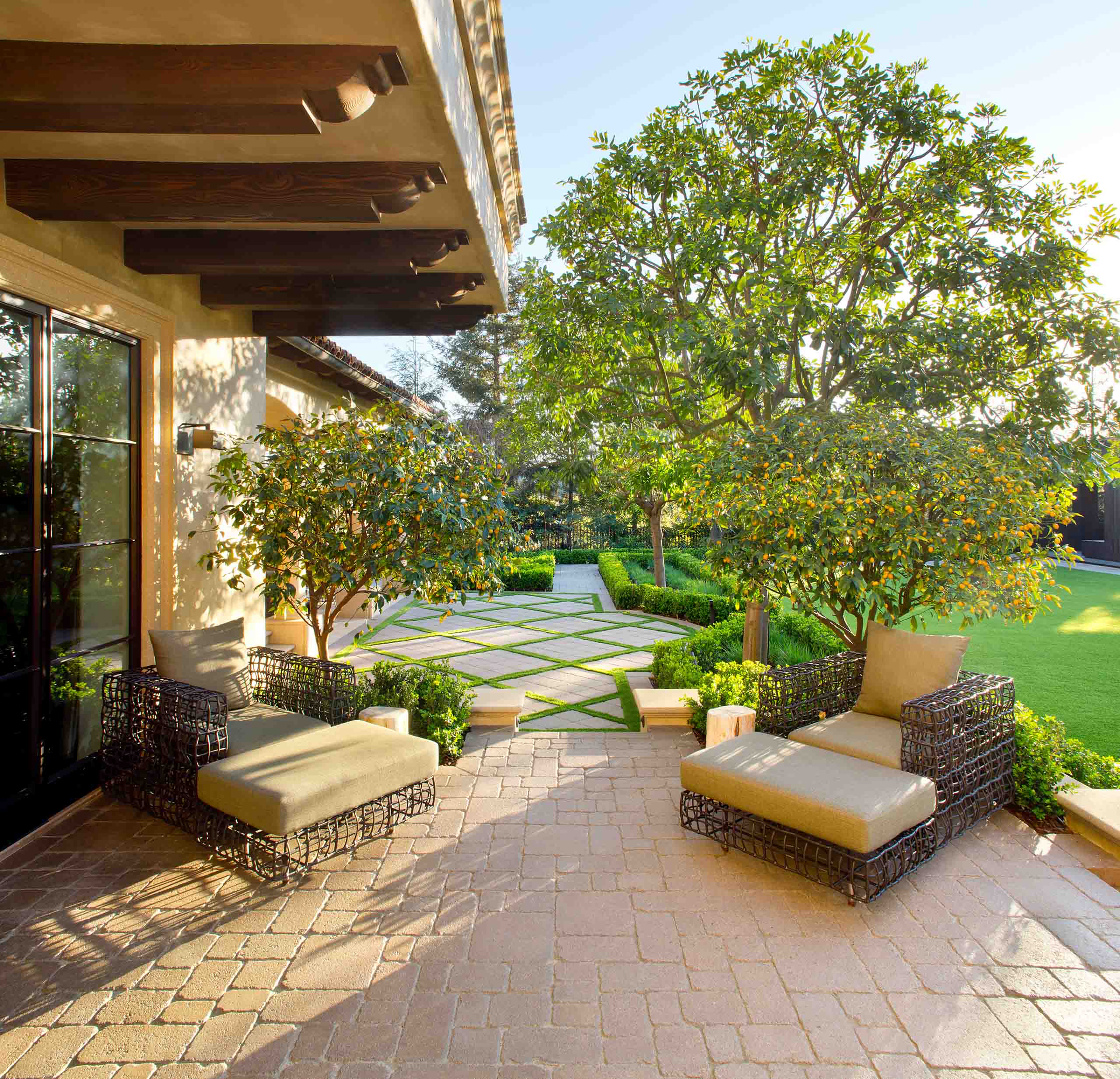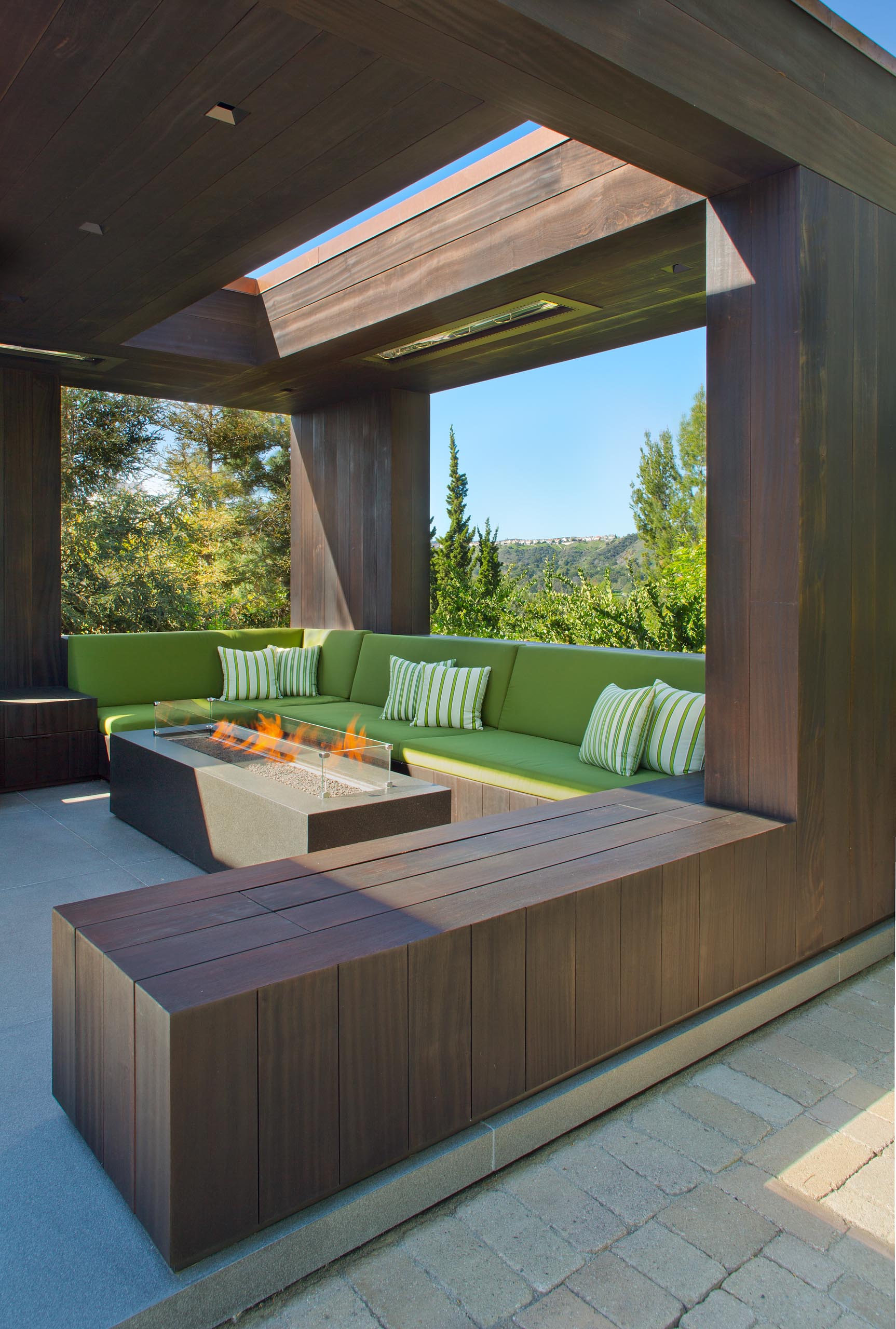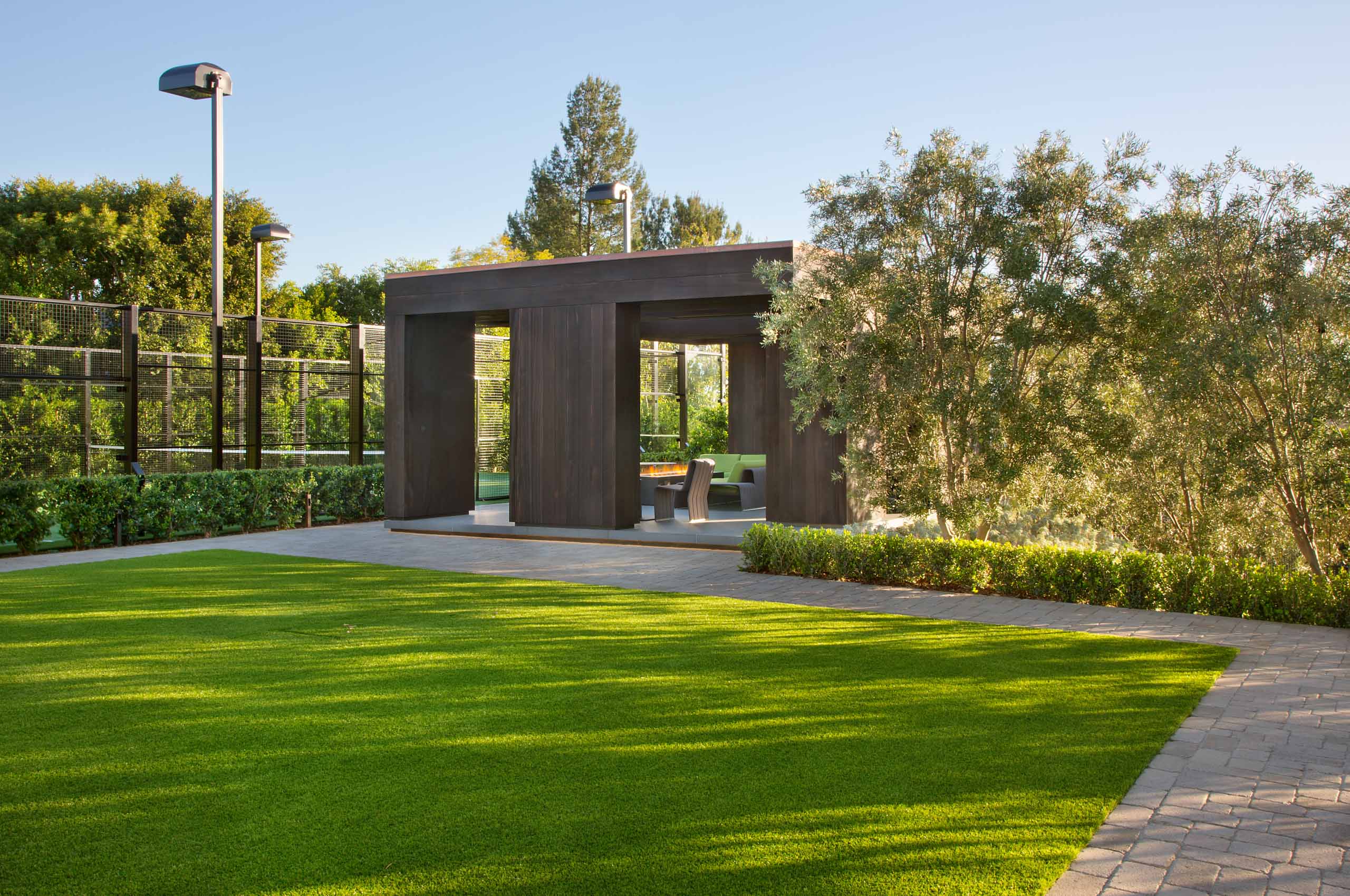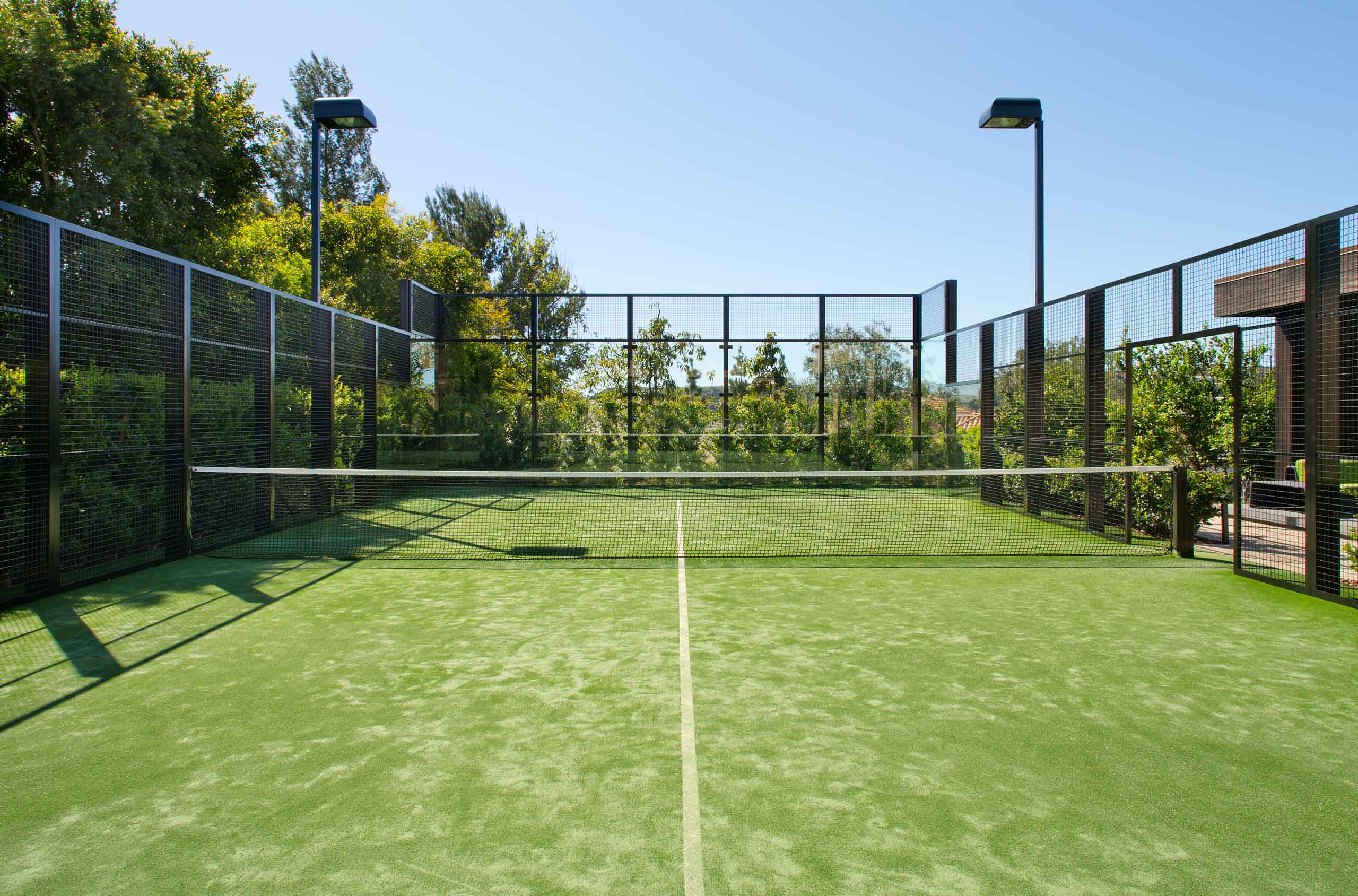
Our dedication to quality and innovation has allowed us to pioneer the installation of the FIRST court in many states, ensuring an exceptional playing experience for our clients.
Initially, Florida and Texas were the only states with more than one padel club. As the sport gained popularity, California and New York soon joined, thanks to the efforts of San-Diego-based Taktika Padel where Padel Box supplyed 3 Panorama Padel courts and Brooklyn-based Padel Haus. Today, the number of states with multiple padel clubs continues to grow, showcasing the sport’s increasing appeal.
Our Growing Network
PADEL BOX is proud to have established a strong presence in several key states, ELEVEN so far, including:
- New York
- New Jersey
- California
- Texas
- Florida
- Arizona
- Connecticut
- Nevada
- Idaho
- Georgia
- Lousiana
It appears that more states are on the verge of having multiple padel clubs. Some of these states include:
- Arizona: Padel clubs are flourishing in Phoenix and Tucson, with new clubs in the works.
- Colorado: The Parker Racquet Club will soon be complemented by Padel Haus Denver, with more clubs planned for the Front Range.
- Connecticut: Sports Haus will soon be joined by Smash Padel and Pickle Club in Branford.
- Georgia: Atlanta’s clubs, pATL and Millsap Padel Club, recently hosted a 2024 Circuit tournament.
- Massachusetts: The Boston area is experiencing a padel boom, led by Sensa Padel.
- New Jersey: New facilities like Center court Padel with 3 Padel Box outdoor courts coming up this summer , And Padel, and Padel United Sports Club are set to open.
- North Carolina: Charlotte Padel Club and North Hills Club in Raleigh are expanding their offerings.
- Pennsylvania: PADELphia’s expanded location and new projects like Ballers are adding more courts to the state.
- Tennessee: Nashville will soon see new clubs from Padel Haus and Sensa Padel.
- South Carolina: Columbia Racket Club and LTP on Daniel Island are expanding, with more clubs planned for Charleston, Greenville, and Hilton Head.
- Virginia: Richmond’s Padel Plant and Epic Padel’s clubs in Tyson’s Corner and Alexandria are opening soon.
Leading the Padel Movement
As the sport of padel continues to grow in popularity, Padel Box remains dedicated to providing high-quality courts and facilities to players across the country. Our extensive experience and commitment to excellence make us a trusted name in the American padel community.
Follow us on our instagram @bestpadelcourts for more news. Use our NEW 3D CONFIGURATOR and design your own court.


























